Ever since Mike Hynson and Robert August traveled to Ghana for The Endless Summer, the story of surfing in Africa has been told from foreign eyes. Since then, and aside from the rich surfing scene which has been flourishing in South Africa for decades, African surf culture has been conveyed through an outside – and more often than not, white – lens.
But a new book hopes to change that narrative.
AfroSurf, a 300-page tome of photos and stories coming to a coffee table near you soon, documents surf and related street cultures throughout the African continent’s vast coastline – from Morocco to Somalia, Senegal to Mozambique, South Africa and beyond. Behind the project is African surf brand, Mami Wata, and all profits will go towards funding African surf therapy programs, Waves for Change and Surfers Not Street Children.
Selema Masakela – cofounder of Mami Wata – is also a big player in bringing AfroSurf to life. So, we decided to call him up to hear what readers can expect, how the story of African surfing has been so historically overlooked, and why Africa might just be your next surf trip.
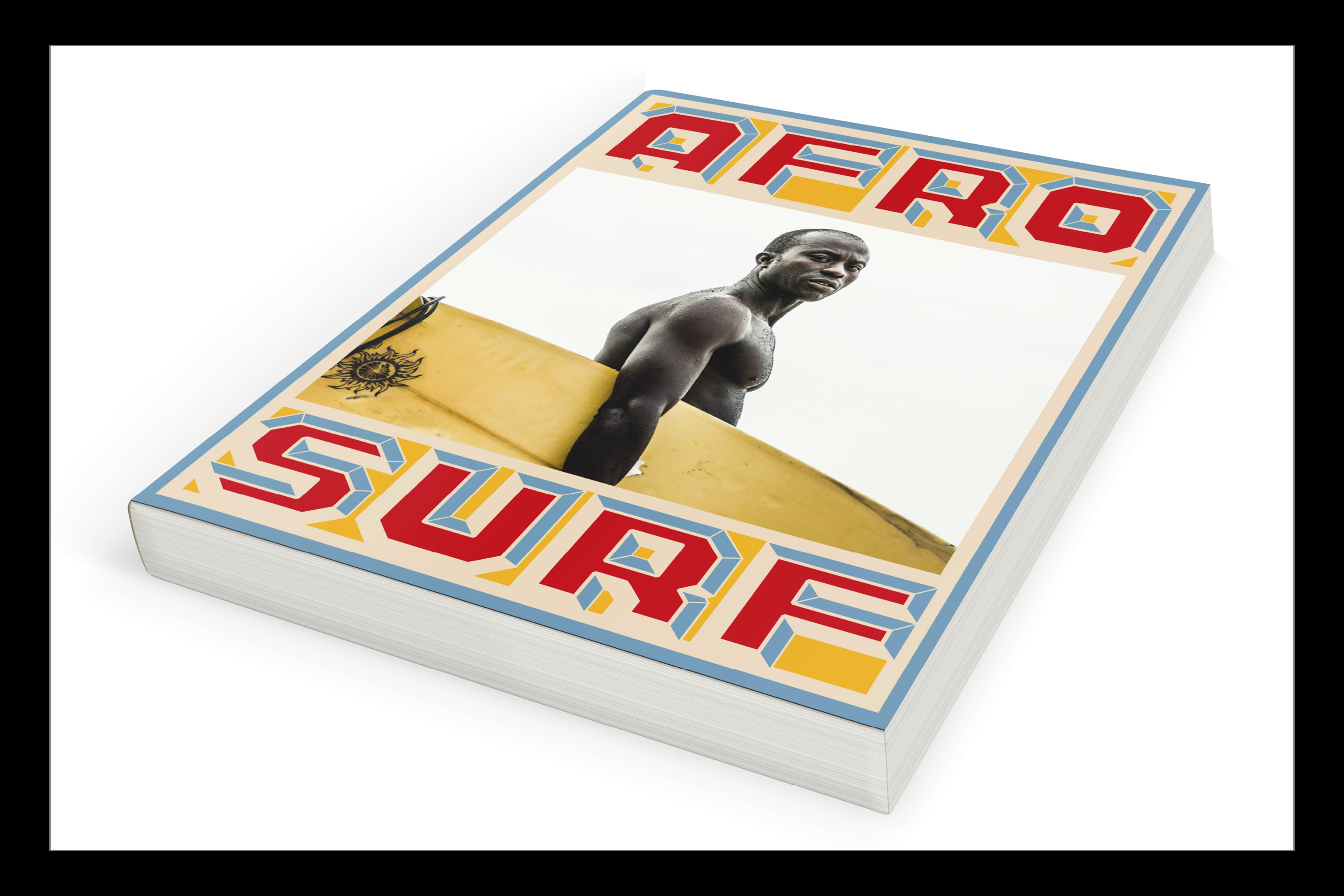
Photo: AfroSurf
Surfline: What was the impetus behind making this book?
Selema Masakela: For me, the impetus for this book was how the world sees and defines surf culture. It’s through this very limited scope – mostly as a Southern California thing, or an Australian thing, and with a sprinkle of native Pacific Islander influence. That’s about it.
But in my 32 years as a surfer, I’ve watched that blow up into so much more with so many other cultures coming into play. The more time I’ve spent on the African continent, the more I’ve seen it exploding. And this is a continent that has arguably more surfing coastline than anywhere. It just seemed like high time to tell these stories. These places are adopting surfing as their own and then injecting their culture into it. It’s exciting stuff, and it’s a huge story to tell.
Why is it important, specifically in today’s times, to highlight the story of African surfing?
I think that for surfing to survive, the narrative has to expand. The playing field of what it looks like needs to expand. Surfing benefits from that. It makes for more storytelling, it increases what travel looks like, it enhances the influence on style and progress. Relative to right now, when we’re having this very big conversation, it’s a perfect time to be showcasing the totality of what our landscape looks like. It makes the story better; it helps to not limit our source material in this global tribe. Now more than ever, that’s necessary.
There’s another storm that’s brewing. The Brazilian Storm has been amazing. But the African Storm is coming. We should be excited about that. Everyone who considers themselves a surfer should be excited, not threatened. In the same way that a lot of people felt threatened by the Brazilian Storm, but now they’re all about it. I hope there continues to be more storms.
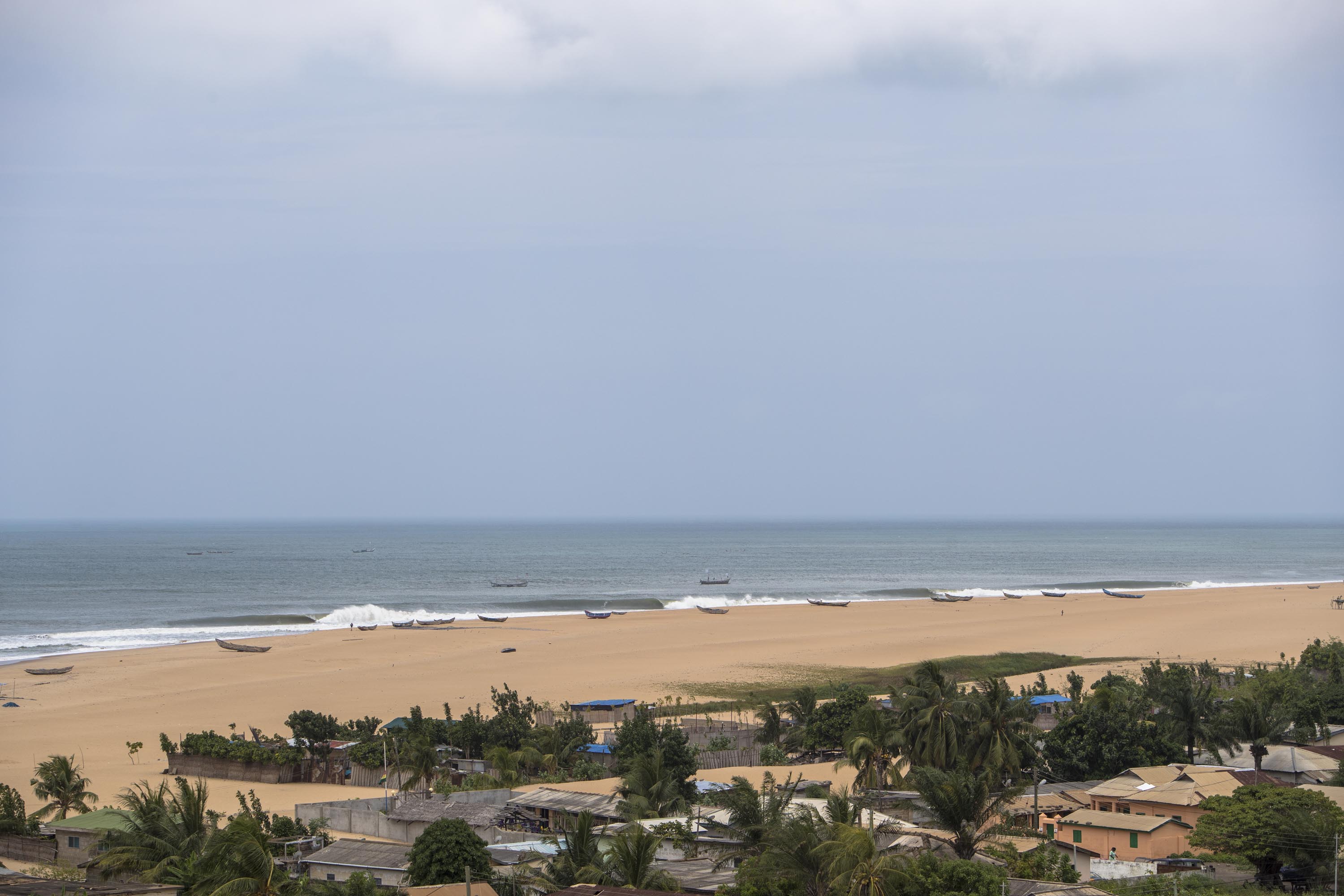
Somewhere in Western Africa. Photo: Alan van Gysen
What can people expect inside this 300-page super book?
One of my favorite things about the book is that it’s a glimpse into Africa, and African culture, through this thing that everyone loves – that being surfing. I’ve always been fascinated with how the west views Africa. There’s the wildlife, the mountains, the waves, etcetera. But rarely do you hear people talk about the African people and the food and the music and the dance and the culture in the way that we do when we go to other places. Africa is so f*cking rich and diverse in its landscape and people – being able to take a look at that through surfing is awesome. I want people to take a look at this book, and think, ‘I wanna go there. Not just to surf the waves. But go there to see and feel and explore everything this has to offer.’
How does African surf culture differ from the rest of the world? Or even from country to country?
Just go and watch Mikey February surf. [Laughs.] There’s different rhythms and influences that shape the approach. There are infinite amounts of influence across the continent, each shaping these microcosms of surf culture in a different way, and I think people will discover that in this book.
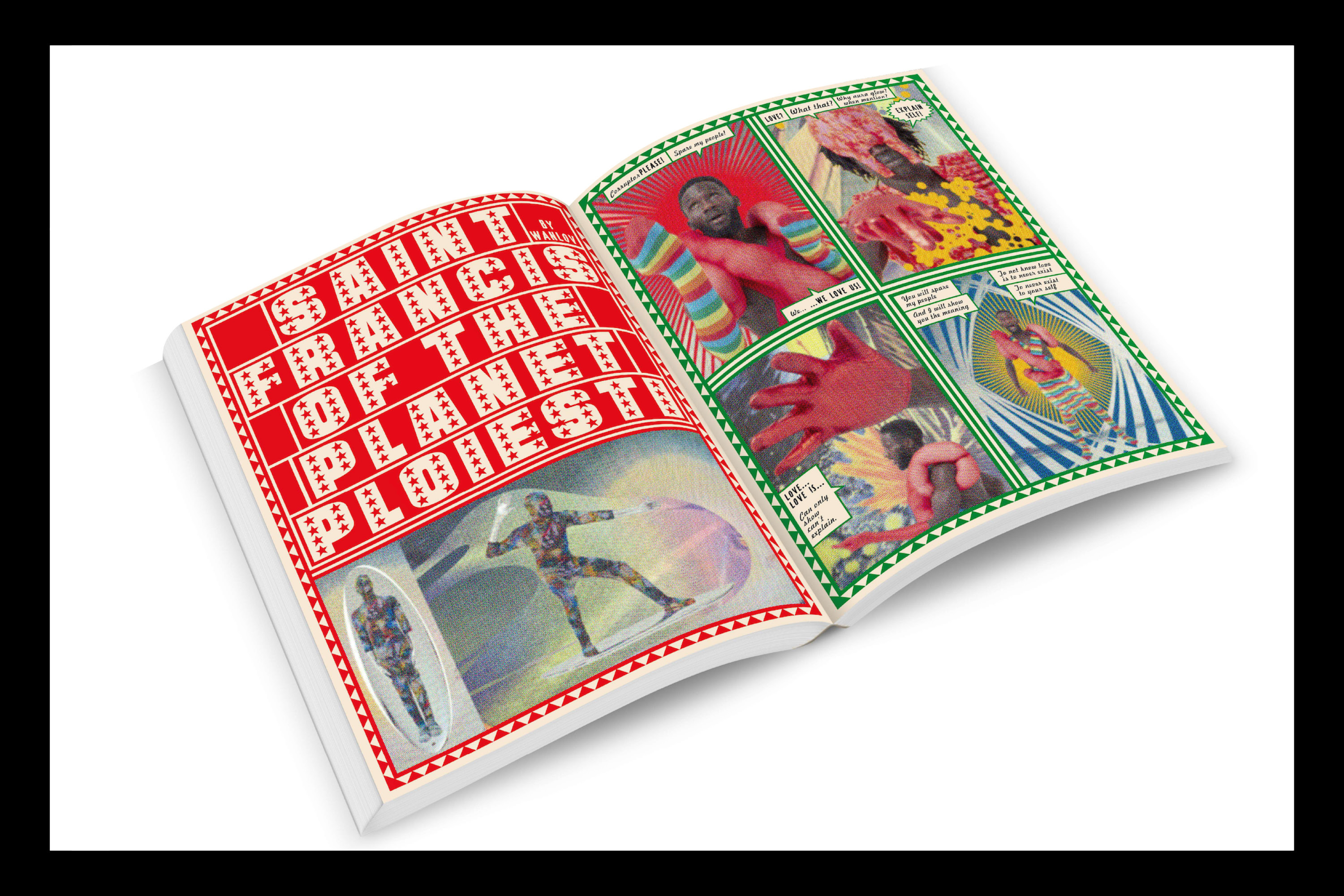
Photo: AfroSurf
Surfers have been traveling to Africa for decades – from Morocco to South Africa to Namibia. But it seems like there’s so much coastline left to explore. Are there areas that have yet to register on traveling surfers’ radars?
There are soooo many places that are holding. My greatest desire on the backhand of COVID is to go on a real, like two-to-three week trip to Africa. I’ve been talking to a woman who has been sending me videos from a country, which I won’t mention its name. I will say it’s above Mozambique and below Morocco. [Laughs.] There’s these bays with these lefthand pointbreaks, and it’s unlike anything I’ve ever seen before. And she tells me, ‘these aren’t even the good waves.’ It’s just a perfect little skatepark wave, with a jungle backdrop, and white sand beach – just the most perfect setup you could imagine.
How has African surf culture been overlooked by the western narrative in the past?
It’s always been about going to Africa, getting waves, then leaving – for the most part. More recently, there’s been a lot of great work that people have done, like the Gudauskas brothers. What they’ve done in South Africa – they want to help foster the culture in South Africa, and to keep it growing. Not everyone is doing that, and that’s how African surf culture has been overlooked. It’s similar to a lot of places. Like Mexico and Costa Rica and Nicaragua – we see these places through the expats who have gone there and started surf camps or built hotels. We also view them through the waves. But the people who are actually there and who are building these local surf cultures have been somewhat overlooked.
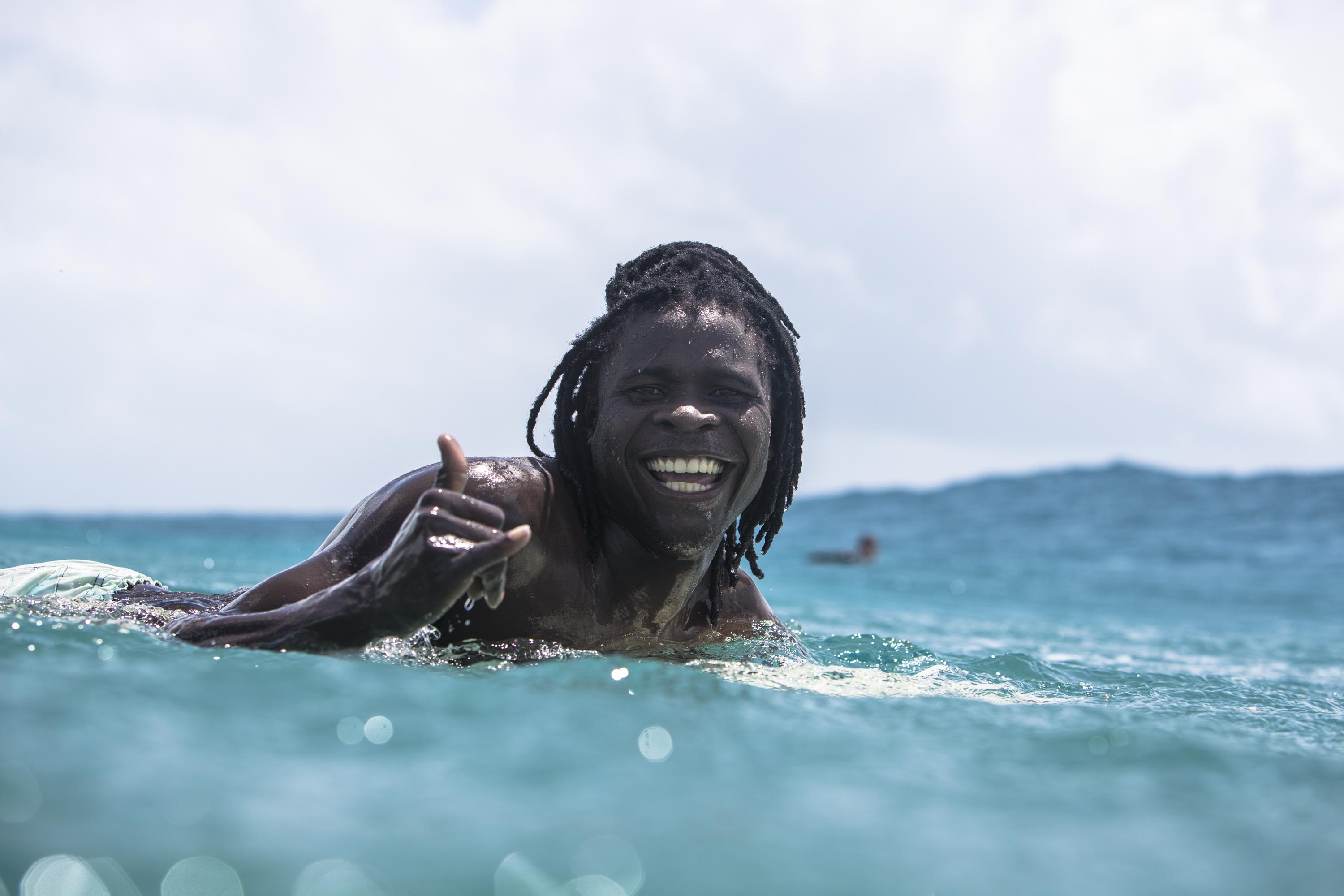
Joao Fransico of Mozambique, one of the many African surfers featured in AfroSurf. Photo: Alan van Gysen
Talk about the surf therapy organizations that future profits from the book will support: Waves for Change and Surfers Not Street Children.
There will no profit from the book. We’re using the funds from the Kickstarter to make the book, then everything else goes to those two organizations. They are making a difference in peoples’ lives through surf therapy. These organizations are proving that surfing saves lives, that it can rebuild communities.
There are these City of God type conditions among young children in South Africa. With Surfers Not Street Children, those are the types of lives that are being changed. They’re helping kids find sanity, self-esteem, a sense of purpose through surfing. They literally learn about life and how to be good human beings through surfing. And they are the most rabid, surf-stoked kids that you have ever met.
Then Waves for Change is doing amazing work with kids who have suffered emotional trauma, mental trauma, autism, and other things within indigenous black communities. They don’t have the resources to deal with treatment. And Waves for Change is using surfing to help. That’s what I mean when I talk about the real power that surfing can have.
Ultimately, what do you hope people take away from this book?
I want people to feel an immense sense of pride that this is what they’re connected to when they put on their wetsuit in the morning. This is also what surfing is, and they’re connected to this. And also, I want people to get excited to go to Africa. I want people to weigh Africa in the same way they do other places when they think about their next surf trip. Because there’s no other place like it on earth.
Learn more about AfroSurf here.

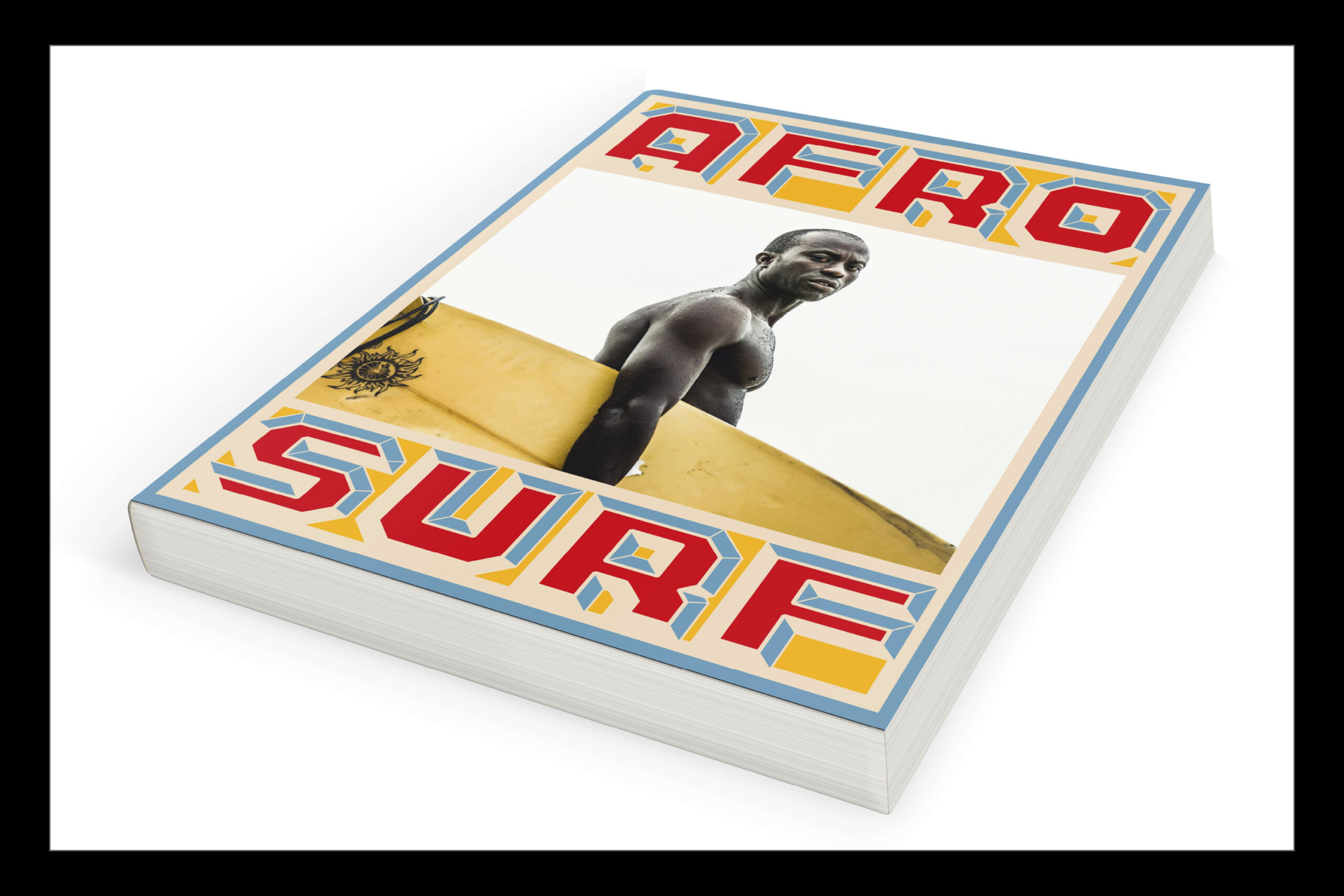




Recent Comments